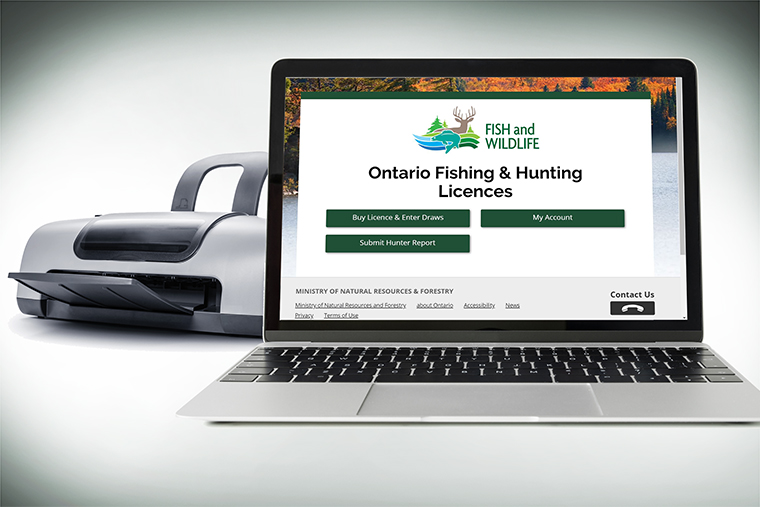
Fishing licence revenue continues to follow a three-year cyclical pattern of high, medium, and low sales as a result of three-year licences, a Ministry of Northern Development, Mines, Natural Resources, and Forestry (NDMNRF) spokesperson said.
Fishing licence comparisons
Ontario resident, Canadian resident, and non-resident licence revenue was $36.1 million from January to December 2019 and $26.0 million from January to December 2020, NDMNRF spokesperson Jolanta Kowalski said, noting 2020 and 2019 are not comparable. She indicated licence sales would be better compared to those three years prior due to the cyclical nature of sales.
“If comparing to 2017, licence revenue was higher in 2020 for Ontario Resident licences, and lower for both Canadian Resident and Non-Canadian Resident licences,” she said.
Licence history in Ontario
Fishing licences were introduced for Ontarians ages 18 to 64 on 35 years ago on Jan. 1, 1987 by then Natural Resources minister Vincent Kerrio on July 31, 1986.
Youth, seniors, disabled persons, and Indigenous residents fishing on their reserve or treaty waters were exempt. Seniors do, however, still require government-issued proof of age.
At a time when the Canadian dollar was worth nearly twice as much as it is today, anglers could purchase either a $10 annual license or a $5 short-term licence that was valid for four consecutive days.
“We expect to generate between $9 and $10 million a year from the sale of licences, which will be earmarked for a variety of fisheries improvement programs in both northern and southern Ontario,” Kerrio stated at the time.
Ontario was among the last of the provinces to introduce a fishing licence.


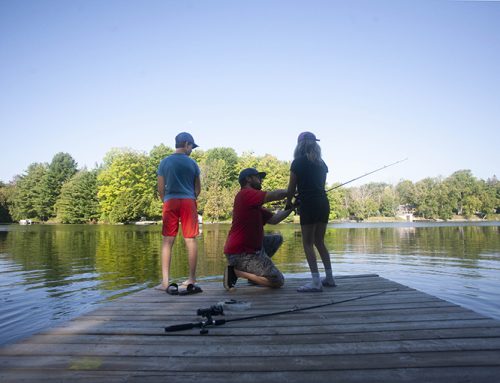
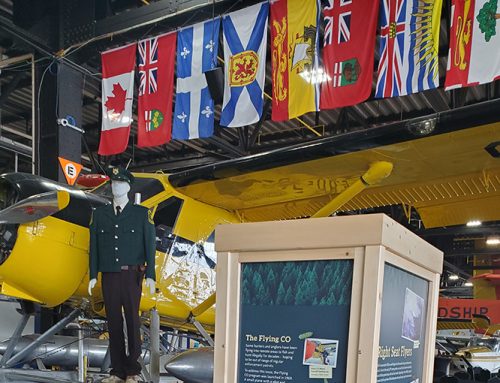
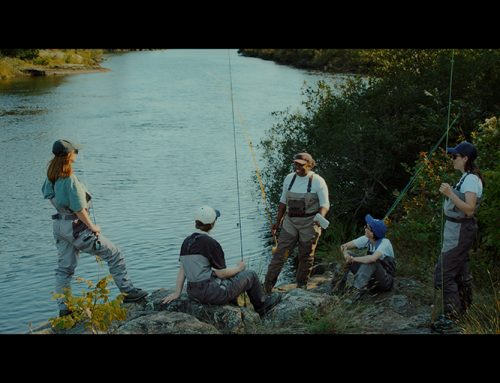
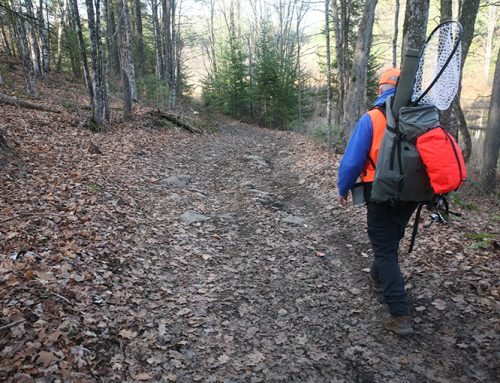
Leave A Comment